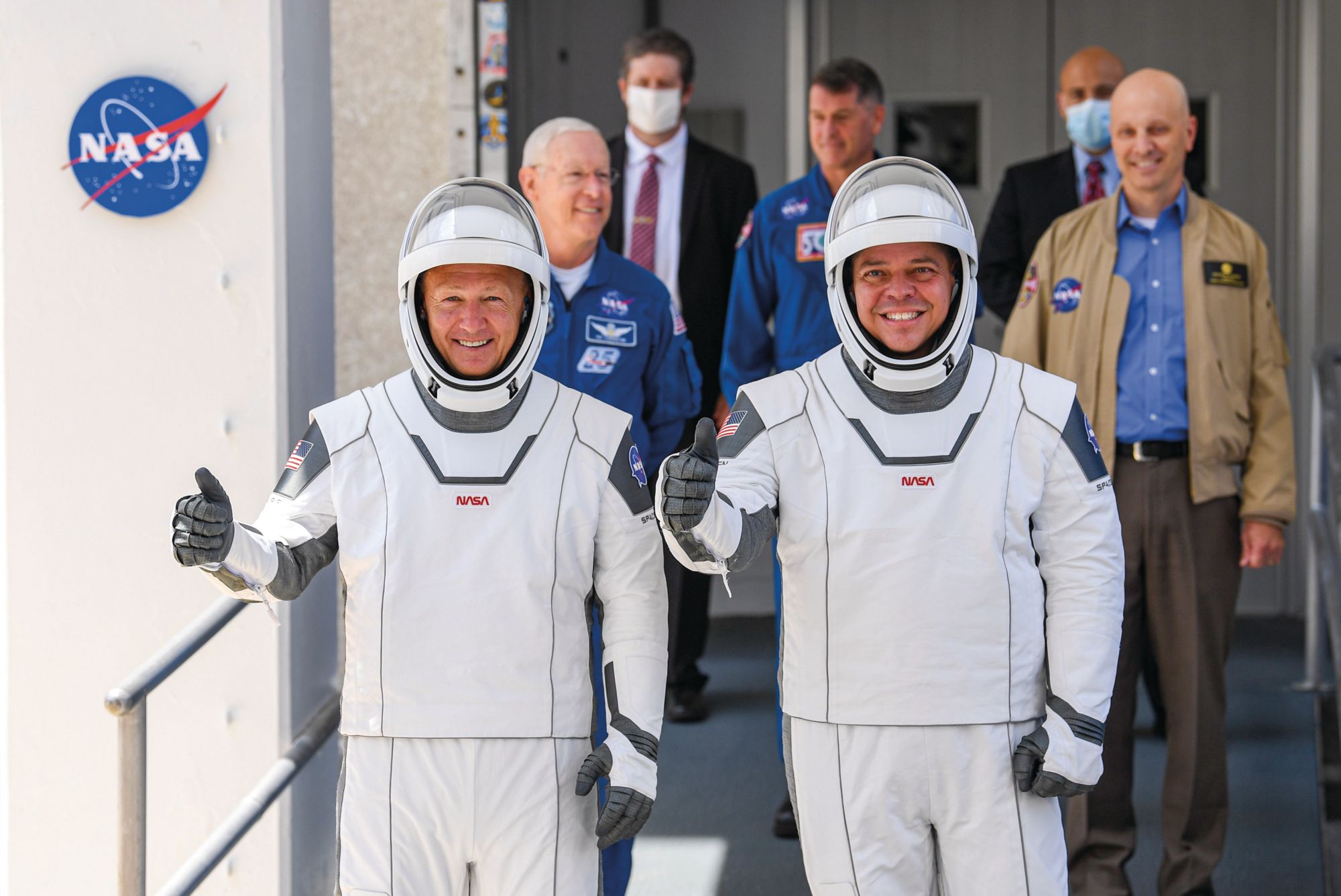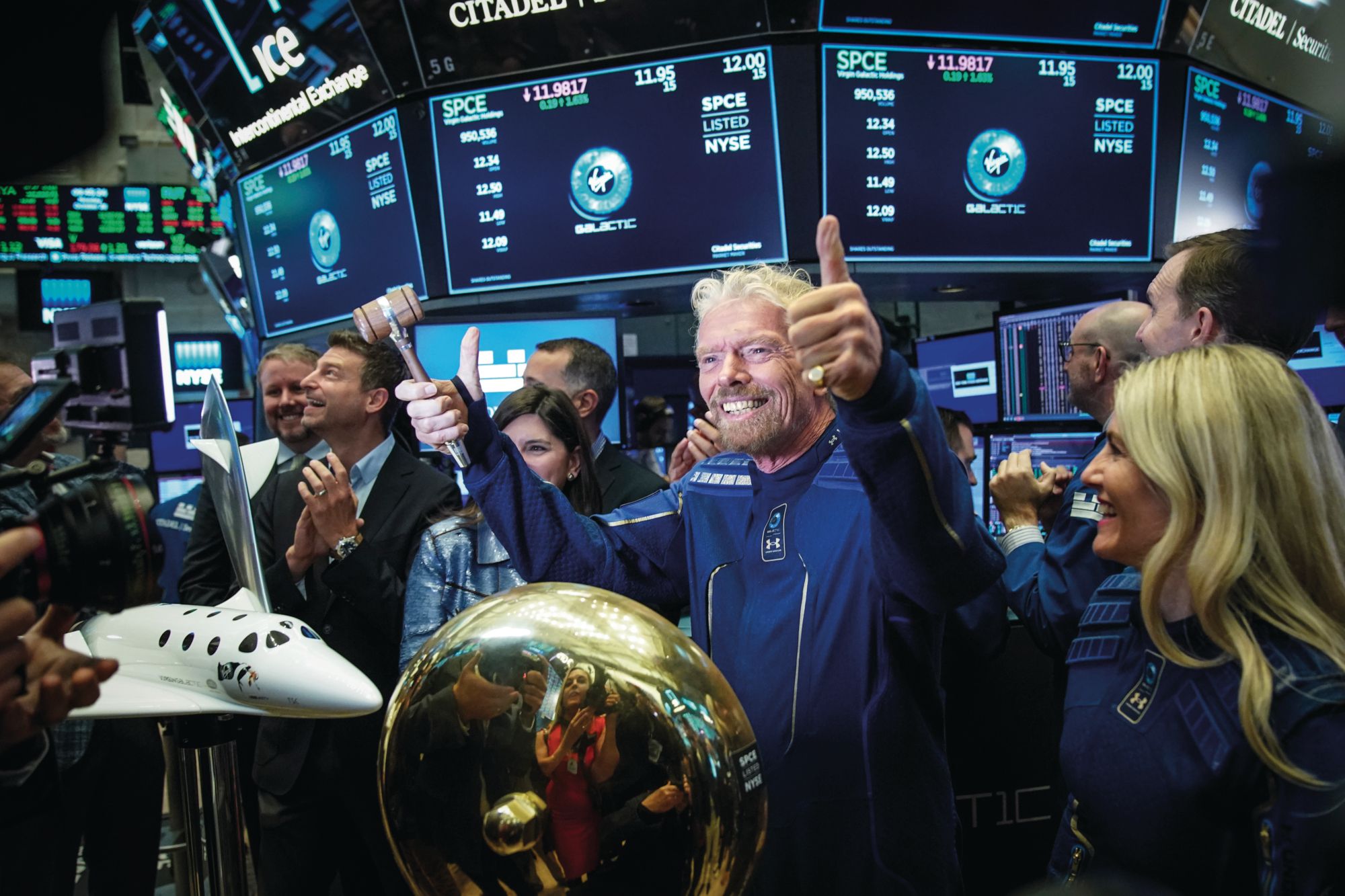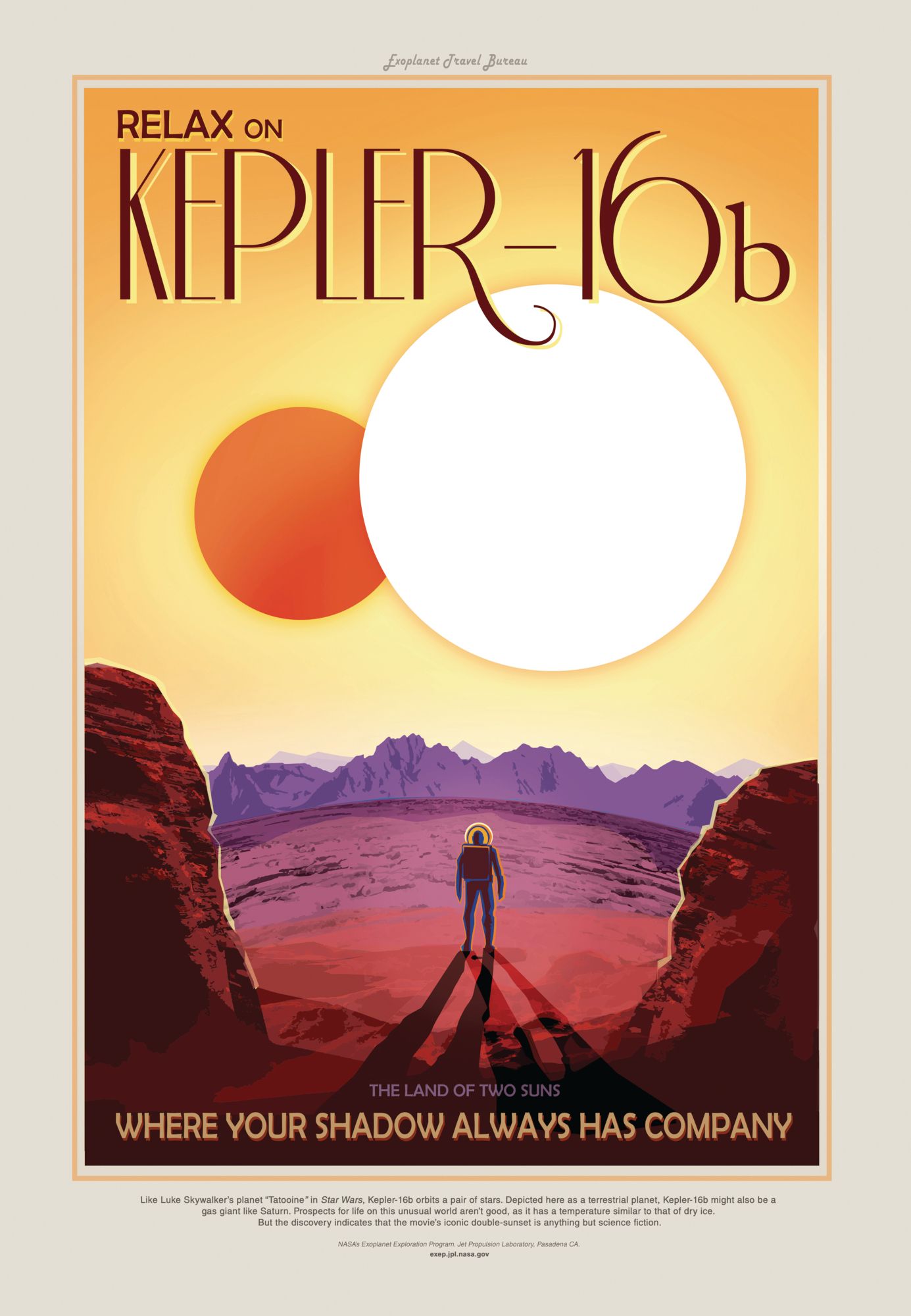What's the most remote place we're fantasising about visiting once we can travel again? It’s certainly not on Earth
Stanley Kubrick’s 1968 cult sci-fi classic, 2001: A Space Odyssey, predicted that by the start of this millennium there would have already been Pan Am-operated shuttles in space staffed by hostesses wearing “grip” shoes in order to saunter down the zero-gravity aisles, as well as galactic hotels and technology to facilitate a mission to Jupiter.
Well, we’re not quite there yet. But the world’s billioniest billionaires have taken the prospect to heart and into their own hands, founding private companies dedicated to researching space travel and rocket-building in the admirable quest to make commercial spaceflight a more realistic thing of the near future.
Just last month, Nasa sent two American astronauts—Robert L Behnken and Douglas G Hurley—on a mission to the International Space Station (ISS) from the Kennedy Space Center. What made this mission particularly groundbreaking is the fact that, for the first time, astronauts travelled to orbit on a privately-owned spacecraft. In this case, it was the Crew Dragon capsule built by Tesla founder Elon Musk’s SpaceX. This marked an important milestone in the goal to broaden access to space to more civilians while also lowering costs, and one that ultimately, hopefully puts space travel within reach for the rest of us.
To date, only seven people have actually travelled to space as tourists. The first went there in 2001, when Space Adventures, an American space tourism company, sent millionaire Dennis Tito on a Russian Soyuz rocket to board the ISS, where he spent eight days in orbit as a crew member. Just a year later, and also through Space Adventures, South African entrepreneur Mark Shuttleworth spent a total of 10 days in space, including eight days at the ISS, where he participated in experiments related to Aids and genome research.
Of the experience, Tito told BBC World Service, “the sight of Earth from space was just spectacular. I cannot ever duplicate that euphoric feeling that I had at that moment.”
It’s a feeling known as the “overview effect”, a term coined in 1987 by American author Frank White. While interviewing several astronauts, White found that they shared something in common; they had each experienced an intense emotional response upon seeing our home planet from space. After spending prolonged periods in isolation during the spread of the Covid-19 pandemic, finding a new perspective on the world of today is something a lot of people dream about. The answer, as these astronauts have shown, may be to get as far away from it as possible. Allow us to show you the way...

STEP 1: DEFINE YOUR MISSION
Going to space should be about more than just doing it for the ’gram. Aim higher. Like, life-alteringly higher.
“The experience of seeing the Earth and the universe it spins through with one’s own eyes, tends to shift a person’s internal worldview,” says David Beaver, co-founder and director of cognitive research at The Overview Institute, an organisation working to understand this existential shift and, believing it to be paramount to change our fate, make it happen for more people through media like virtual reality. Beaver stresses the significant impact this could have on humanity as a whole, particularly given that “the current state of the world is increasingly turning towards greater separatism at the very time that world-scale threats are increasing”.
Beaver’s comments echo those made by astronauts throughout history. Sunita Williams, who has spent a total of 321 days in space throughout her career as an astronaut, has said, “You don’t see any borders between countries from space. That’s manmade, and one experiences it only when you return to Earth.” Edgar Mitchell, the sixth man on the moon, said of his experience, “There was a startling recognition that the nature of the universe was not as I had been taught... I not only saw the connectedness, I felt it. I was overwhelmed with the sensation of physically and mentally extending out into the cosmos”.
Could shooting off into the far corners of the universe be the best way to help us understand the importance of togetherness on Earth? If you’re the type who likes to travel and come back changed, a journey to space might just scratch that existential itch.





